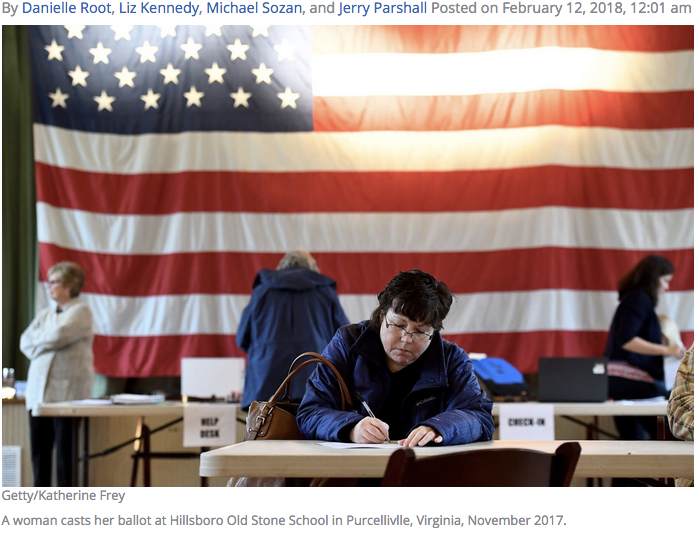Introduction and summary
In 2016, America’s elections were targeted by a foreign nation-state intent on infiltrating and manipulating our electoral system. On September 22, 2017, it was reported that the U.S. Department of Homeland Security (DHS) notified 21 states that were targeted by hackers during the 2016 election.1 Among those states notified by DHS were: Alabama, Alaska, Colorado, Connecticut, Delaware, Florida, Illinois, Maryland, Minnesota, Ohio, Oklahoma, Oregon, North Dakota, Pennsylvania, Virginia, and Washington.2 Arizona, California, Iowa, Texas, and Wisconsin were also among those states originally contacted by DHS. However, those states have denied that their election systems were attacked.3 Ultimately, hackers only reportedly succeeded in breaching the voter registration system of one state: Illinois.4 And while DHS did not name those responsible for the attempted hacks, many believe the culprits can be traced back to Russia.5 Experts have warned that a future attack on our election infrastructure, by Russia or other malicious actors, is all but guaranteed.6
By now, the American people have been alerted to many vulnerabilities in the country’s election systems, including the relative ease of voting machine hacking,7 threats to voter registration systems and voter privacy,8 and disinformation campaigns waged by foreign nation-states aimed at confusing voters and inciting conflict.9 If left unaddressed, these vulnerabilities threaten to undermine the stability of our democratic system.




